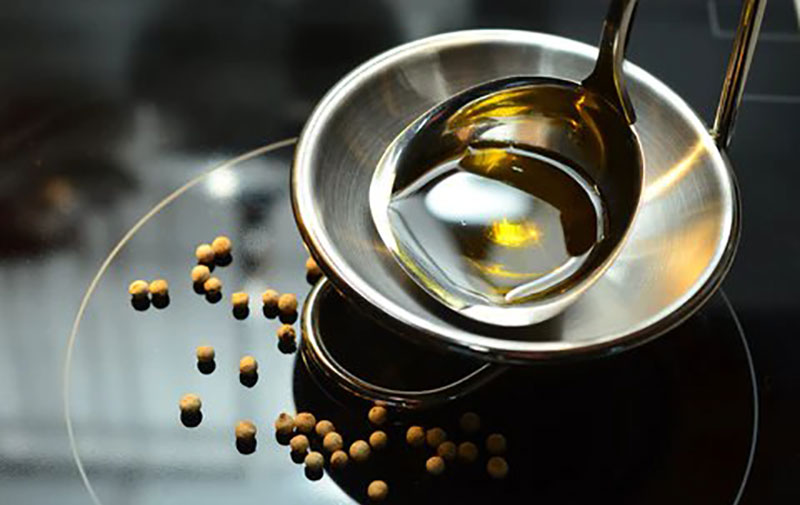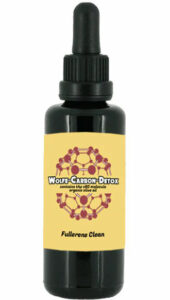Olive oil provides a whole host of incredible health benefits, thanks in large part to the healthy monounsaturated fats it contains. But did you know that not all olive oil is created equal? In fact, a large portion of the olive oil out there is a scam!
And just to be clear: there’s olive oil, then there’s high quality extra virgin olive oil (EVOO). These oils have quality standards. Do they meet them? Read on to learn more.
What Makes It A Scam?

According to The New York Times, while many olive oil manufacturers include the words “Extra Virgin” and “Italian” on their labels, those terms do not accurately describe what’s inside. (1)
In some cases, manufacturers have mixed high-quality oil with lower quality variants or even other oils to save money. Sometimes the oil is not from Italy, but the manufacturer has labelled it as such in hopes of fooling consumers who associate the European country with quality olive oil. (2)
In drastic cases, the oil isn’t even olive oil at all but rather a vegetable oil – like soybean, sunflower, or canola – that manufacturers have disguised with coloring and scent.
“Well,” you might be thinking. “The olive oil I buy is a well-known brand that I get from my local supermarket, not the back of a truck. Surely I’m fine!”
Unfortunately, supermarkets are the prime targets for the shady practices that plague the industry.
Even in Italy, experts estimate that roughly 50% of the olive oil on supermarket shelves is fake. In the United States, analysis shows that 60% are not even suitable for human consumption (see below).
At the root of the issue is a simple fact: Making EVOO the right way is very difficult. (3)

Manufacturers have to grind and press the olives as soon after harvesting as they can. They also have to be gentle. Too much friction will raise the temperature of the olive oil and ruin the flavor.
Overheating will also result in olives that are high in oleic acid, which makes for a lower-quality oil overall.
Aside from the difficulty of making high quality olive oil, there are other considerations that make the fraudulent EVOO market so pervasive.
Bacterial outbreaks can kill olive trees rapidly, causing dips in oil production by as much as 20% in Europe. Manufacturers still have bills to pay, which may prompt them to cut corners. (4)
How Do They Get Away With This?
You’d figure that, with our society apparently being as advanced as it is today, olive oil manufacturers would not be able to get away with blatantly lying about their products.
Unfortunately, there simply haven’t been enough resources in the United States to control the flow of this bad oil. But a recent breakthrough in testing will make it easier to identify problem brands. (5)
Until that process becomes industry standard, though, consumers will continue to buy fraudulent EVOO on the cheap. Of course, most consumers don’t realize they’re buying fraudulent oil. They’ve just gotten so used to the prices and taste of the oil that they don’t know any better.
Supermarkets will continue to buy olive oils from suppliers as long as the product is flying off the shelves, so the market thrives.
The UC-Davis Olive Center recently tested olive oils used in restaurants and the food service industry. Of those tested, 60% failed to meet USDA standards for human consumption! In fact, the USDA classified the oils as “lampante” (lamp oil), a grade “not fit for human consumption without further processing.” (6, 7)
How To Test Your Olive Oil At Home
If you’re like most people, you’ve probably been buying the same brand of olive oil for years. If you’ve never tested it, here’s a quick breakdown on how to do that. (8)
First, put a small amount of oil in a shot glass (or small cup; the exact container isn’t important here). Then put one hand over the container and one hand underneath it and swirl the oil.
Your hands will warm the oil and keep the aroma trapped.
Position your mouth as if you were about to make the “ee” sound, raise the container to your lips and slurp it quickly. This allows the oil to coat your tastebuds evenly.
With your mouth open, inhale as if you’ve just cracked your toe on a sharp corner. This will help the oil coat your entire mouth.
Take note of the taste. Quality, genuine olive oil will often have a taste that reminds you of freshly-cut grass. Fraudulent olive oil will remind you of mud or hay.
Where Do I Find Genuine Olive Oil?
Whether you’ve determined your regular brand of olive oil is fake, or you’re starting from scratch, it’s important to know what to look for.
First things first. The olive oil label should tell you what estate the olives came from. Some will even tell you what kind of olive the manufacturer used. The California Olive Oil Council and the Australian Olive Association both have programs that make their seals trustworthy. (9)
Look out for oils that say “Imported from Italy” on the label. This is often a cheat manufacturers use to give the oil’s price a bump. In reality, they’ve often imported the oil from another country into Italy and then processed it there.
If the olive oil you’re considering was packaged in Italy, look for PDO (Protected Designation of Origin) or PGI (Protected Geographical Indication) seals. True olive oils almost always state the specific region they were produced in, so look for that when checking out a bottle “from Italy.” (10)
Tom Muller, author of “Extra Virginity: The Sublime and Scandalous World of Olive Oil” (2013), put together a list of olive oils that have his approval. It’s not comprehensive, but it’s a good starting point. He recommends:
- California Olive Ranch
- Cobram Estate
- Corto Olive
- O-Live
- Oleoestepa
- Ottavio
- Omaggio
Lastly, as with most fraudulent items, cost is often a very good indicator. A 750mL bottle of quality olive oil should cost you $15-$20. Really, really good EVOO will cost in the range of $25-$45 for 500mL.
Our C60 Olive Oil Is Made With Only The Best
Here in The David Wolfe Shop, we use organic olive oil in the production of our signature C60 Olive Oil Blend.
The oil is cold-pressed. You’ll remember from earlier in this article that keeping the temperature low during pressing is key for maintaining the oil’s flavor. Cold-pressing takes it to a whole new level.
Click here to check out the awesome healing blend we create through the mixture of Acropolis Olive Oil and the carbon 60 molecule.



